In a world where political correctness often trumps practical reality, one of nature’s most destructive invaders just got a makeover. But changing a name doesn’t change the devastating appetite that’s turning North America’s forests into graveyards.
The Moth That Got a Marketing Team
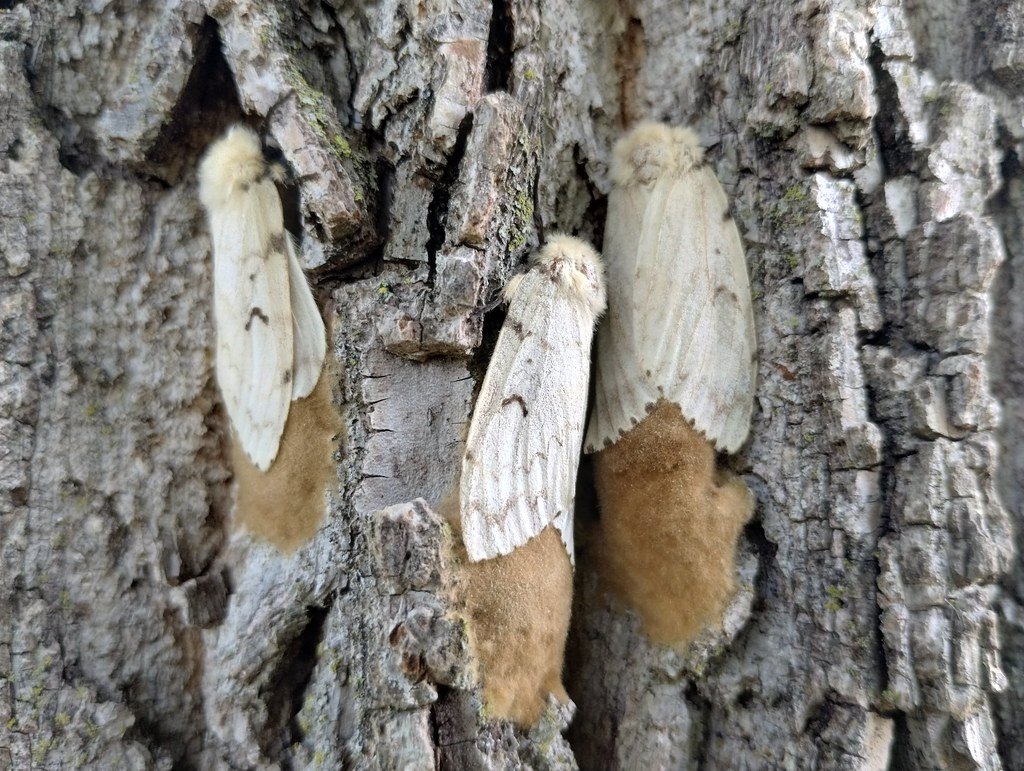
March 2, 2023, marks one year since a new common name for Lymantria dispar, spongy moth, replaced the prior name of this insect, “gypsy moth.” This change was necessary because the word “gypsy” is an ethnic slur for the Romani people and the former common name equated people with insects. The Entomological Society of America voted unanimously to approve this change, but here’s what they can’t vote away: the catastrophic damage this species continues to wreak on our forests. Native to Europe, Asia, and North Africa, it was introduced in Massachusetts in the 1800s and is now widespread in the northeastern United States and eastern Canada and costs hundreds of millions of dollars each year in damage and prevention and control efforts. Think of it like putting lipstick on a pig—the spongy moth remains just as hungry, just as destructive, and just as capable of transforming lush green landscapes into skeletal wastelands. Scientists may have chosen a more palatable name, but this insect’s appetite for destruction hasn’t diminished one bit. “Spongy moth” refers to its sponge-like egg masses and comes from the common name “spongieuse,” used for the insect in France and French-speaking Canada, according to the news release.
From Silk Dreams to Forest Nightmares

The story of how this ecological disaster began reads like a cautionary tale about human ambition gone wrong. In 1868 or 1869, one of these young moth-enthusiasts in Medford, MA – Etienne L. Trouvelot – received a shipment of potential silk moth candidates from a colleague in France. The shipment, whether by accident or on purpose, included some spongy moth eggs. Mr. Trouvelot began rearing these spongy moths in his backyard and some escaped. What seemed like an innocent pursuit of developing America’s silk industry became one of the continent’s most expensive ecological mistakes. Within just a few decades, these escaped moths had established themselves as forest destroyers. Early efforts to control this insect were notable for their aggressiveness as well as their ultimate failure. These efforts encouraged a reliance on the use of pesticides that, in turn, influenced early approaches to the practice of arboriculture in this country. It’s ironic that an attempt to create something beautiful and valuable ended up unleashing a monster that would cost billions and devastate millions of acres.
The Anatomy of a Tree Assassin
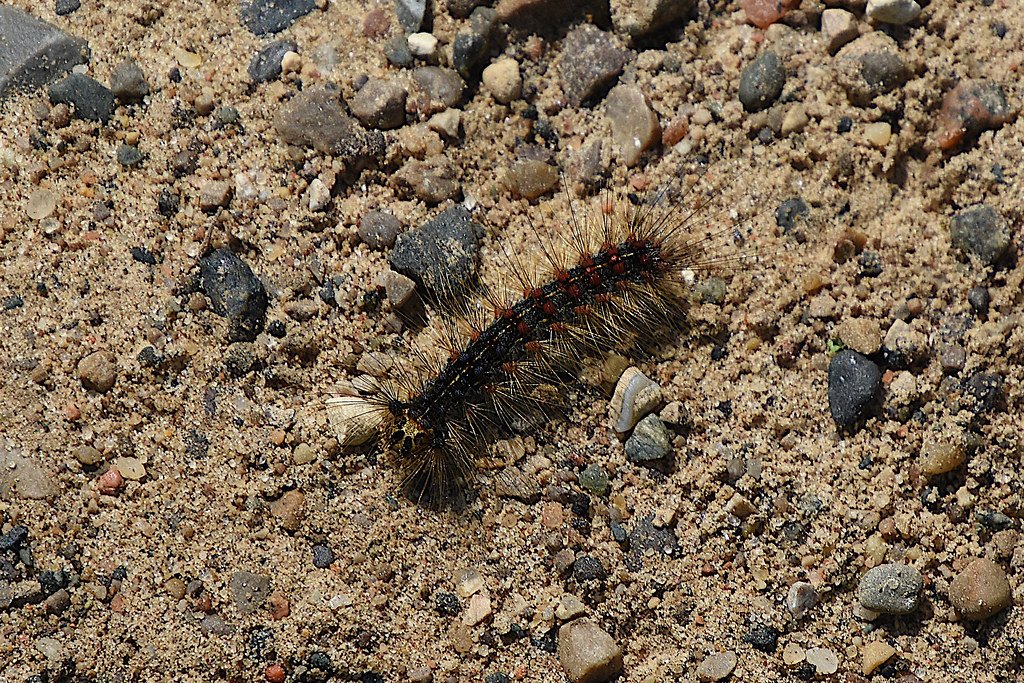
Don’t let the innocent “spongy” name fool you—this moth is built for maximum destruction. A small egg mass is about the size of quarter and usually contains 200-250 eggs. A relatively large egg mass may be 2 to 3 inches long and can have more than 1,000 eggs. That’s like a tiny biological time bomb waiting to explode into hundreds of leaf-devouring machines. Each caterpillar can consume a square yard of leaves during its lifetime, which lets them easily defoliate a tree during an outbreak. Imagine a single creature the size of your thumb consuming an area of leaves equivalent to a large pizza—now multiply that by hundreds or thousands per tree. Each female lays only one egg mass and each egg mass can hold up to 500-1000 eggs. The caterpillars that emerge from these masses aren’t picky eaters either. The caterpillars feed on the leaves of more than 300 species of trees and shrubs, eventually killing them. From majestic oaks to backyard maples, nothing green is safe when these voracious creatures are on the march.
A Ten-Month Siege Strategy

What makes the spongy moth particularly insidious is its incredibly long life cycle that gives it multiple opportunities to spread. This moth spends most of its 10-month life in the egg stage, which is when it travels on firewood, outdoor equipment and vehicles en masse. Picture this: while you’re innocently moving camping gear or buying firewood, you might be unknowingly transporting thousands of future forest destroyers. Eggs are laid in August and the embryo immediately starts developing during the warm days of summer. In a month, the tiny larva is fully formed and ready to hatch. At this point, however, the larva goes into diapause, shutting down metabolic activities and becoming insensitive to cold. In suspended animation, the larva passes the winter within the egg. It’s nature’s own version of a sleeper cell, waiting patiently through harsh winters before unleashing havoc on unsuspecting forests. In mid-May, just as the leaves of trees are expanding, the larva chews through the egg shell and hatches. The timing couldn’t be more perfect—or more devastating—for our trees.
Aerial Warfare in Your Backyard
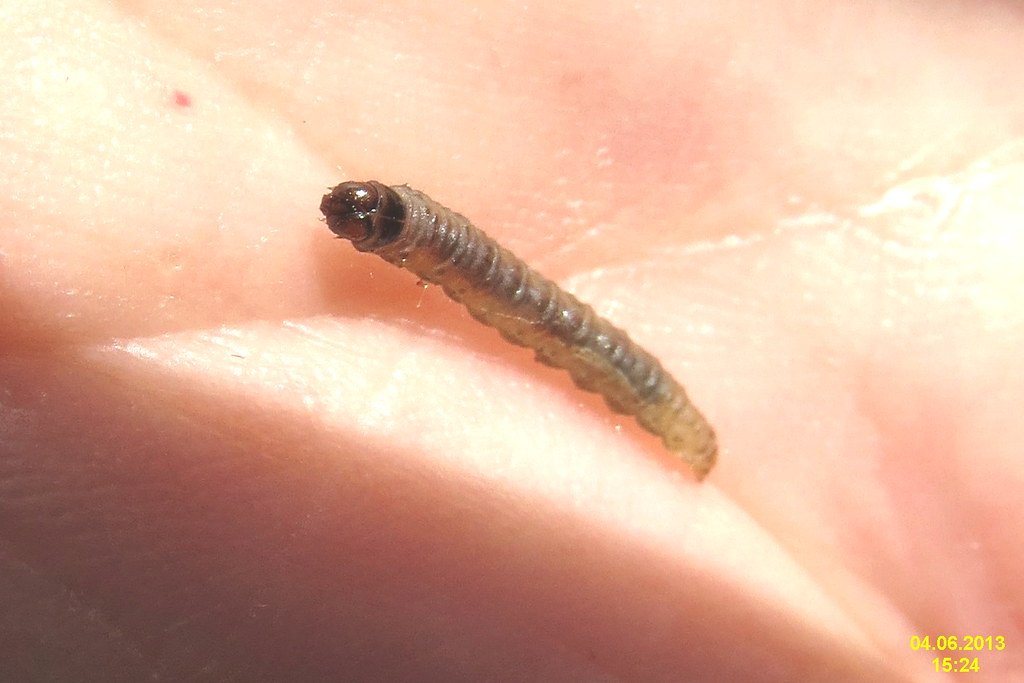
The newly hatched larvae don’t just stay put—they launch themselves into the air like tiny paratroopers ready for battle. After hatching, the larvae (caterpillars) leave the egg mass and climb up and out to the end of a branch or shoot, then drop down on a silk strand. Larvae dangle in the air and wait to be blown by the wind, a process called ballooning. These tiny larvae, which are less than 0.25 inches in length, have long hairs on their bodies that make them buoyant and help them disperse in the wind. It’s like nature’s version of biological warfare, with wind currents serving as delivery systems for these destructive agents. Studies have shown, however, that the young larvae can be carried in the wind as far as a half-mile from the egg mass where they hatched. One day you might have a pristine forest, and the next day, microscopic invaders are literally falling from the sky to begin their feast. The wind then helps disperse them to other trees, resulting in redistribution of the larvae. Once the caterpillars find a suitable tree—oak, birch, and apple trees are favorites—they begin eating the leaves, growing rapidly, and molting their skins to accommodate their increasing size. This dispersal strategy is so effective that even isolated trees hundreds of yards away from the original infestation site aren’t safe.
The Gender Divide of Destruction

Male and female spongy moths play distinctly different but equally important roles in the species’ devastating success. Female moths are white with black markings. Despite their large wings, female spongy moth cannot fly. They produce a powerful pheromone that attracts the male moths for mating. Think of the females as biological broadcasting stations, sending out chemical signals that can travel for miles. Male moths are dark brown or grayish with dark markings on their wings. They often fly in a zig-zag pattern, which helps them track the pheromone and locate female moths. The males are the scouts, able to cover vast territories in search of mates, ensuring the species spreads far and wide. Males pick up the scent of the female pheromone with their antennae. The male flies in a zigzag pattern toward the source of the pheromone. Once he locates the female, he communicates by dancing over and around her while rapidly beating his wings and then the pair mates. After this elaborate courtship ritual, the cycle of destruction begins anew with the female laying her single, but devastatingly effective, egg mass.
When Forests Turn Into Graveyards
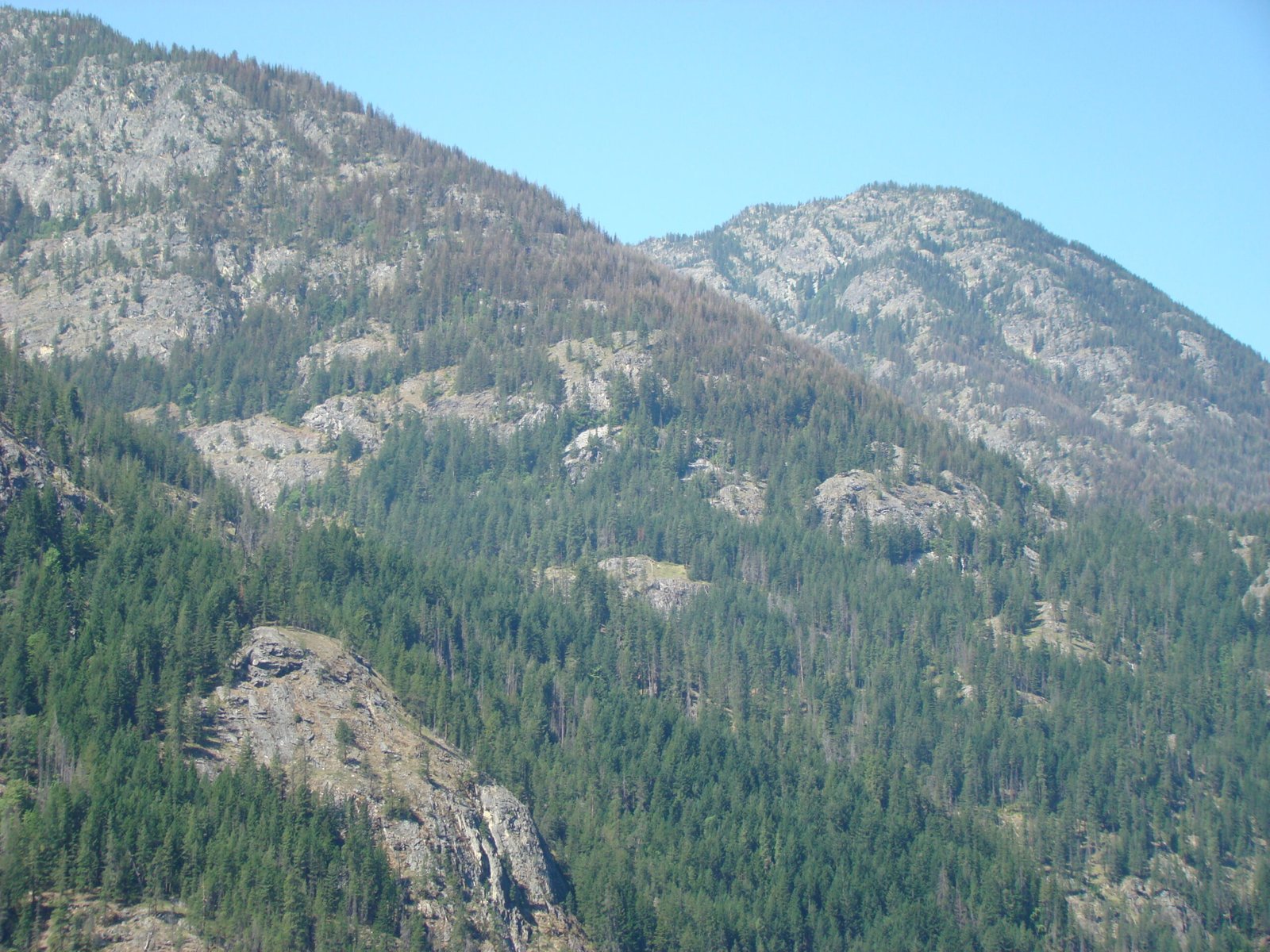
The visual impact of a spongy moth outbreak is nothing short of apocalyptic. Infested trees may be partially or completely bare of leaves. A heavily infested forest will have a barren, wintry look in the middle of the summer. Imagine driving through what should be a lush green landscape in July, only to find yourself surrounded by skeletal trees that look like they’ve been through a nuclear winter. A wide range of tree species were stripped clean and the woods were turned bare due to the extensive feeding of these insects. Arborists were hard-pressed to meet the demands of an increasingly frantic public, as the caterpillars covered houses, roads, and sidewalks. The spongy moth caterpillars were even blamed for traffic accidents, as people would skid on their massed numbers in the roadways. It’s not just an environmental disaster—it becomes a public safety nightmare. Spongy Moths pose a formidable threat to trees, their larvae capable of defoliating vast stretches of woodland with astonishing efficiency. As the caterpillars hatch from their eggs, they embark on a feeding frenzy, consuming leaves and needles with unrelenting determination. The sheer scale of destruction can be overwhelming, with entire counties looking like they’ve been swept by some biblical plague.
The Domino Effect of Defoliation

The damage doesn’t stop with bare trees—it cascades through entire ecosystems like falling dominoes. It usually takes more than one year of defoliation before trees die; however, conifers that are defoliated may be killed after a single season of defoliation. While hardwood trees might survive the first assault, they’re left weakened and vulnerable. Defoliation weakens trees and increases the likelihood of attacks by fungi and other insects (secondary invaders). Hardwoods with more than 50% defoliation will usually re-foliate before fall. This new flush of leaves uses most of the food reserves necessary for growth the following year. Defoliated trees enter dormancy later, and are thus more prone to winter injury. It’s like a boxer who’s been beaten senseless in the first round—they might still be standing, but they’re set up for a knockout punch from the next opponent. The mortality of hardwood trees after two successive years of defoliation can reach 80%. Trees can also be affected by other pests and diseases since they are weakened. The spongy moth doesn’t just kill trees directly—it opens the door for other killers to finish the job.
Carbon Catastrophe: From Sink to Source

Recent scientific research has revealed an even more alarming aspect of spongy moth damage: its impact on climate change. In 2021, a spongy moth infestation severely defoliated a mature oak-dominated temperate forest north of Lake Erie, Ontario, Canada, turning the forest from a 10-year mean carbon sink of about 2 tons of carbon per hectare to a carbon source of about 3.5 tons of carbon per hectare. This is like watching a massive air purification system suddenly start pumping poison into the atmosphere instead. However, in 2021 due to defoliation in the early growing season, annual GEP of the forest declined to 959 g C m–2 yr−1, while annual RE increased to 1,345 g C m–2 yr−1 causing the forest to become a large source of C with annual NEP of -351 g C m–2 yr−1. The math is terrifying: forests that normally help fight climate change by absorbing carbon dioxide are suddenly contributing to the problem. Weakened trees are more susceptible to extreme weather events and less equipped to withstand the challenges of climate change. The loss of mature trees hampers the absorption of carbon dioxide, further exacerbating global warming and contributing to the climate crisis we face today. Every spongy moth outbreak isn’t just killing trees—it’s accelerating the climate crisis we’re all facing.
The Billion-Dollar Bug

The economic toll of this “harmless” name change recipient is staggering and continues to climb every year. Native to Europe, Asia and North Africa, the spongy moth is an invasive pest in North American forests, destroying the leaves of hundreds of tree and shrub species and costing hundreds of millions of dollars in damage and management efforts annually, according to the Entomological Society of America. We’re not talking about pocket change here—this is a massive economic drain that affects everyone from homeowners to entire state budgets. Spongy moth (Lymantria dispar dispar) — formerly known as gypsy moth — is a serious forest pest and is responsible for killing millions of oak and other species of trees across the state. Consider that a single mature oak tree can be worth thousands of dollars, and multiply that by millions of trees across multiple states. In 2024, spongy moth defoliated 595,324 forest acres in Pennsylvania. This year’s treatment program covers just under 75,000 forest acres—a significant decrease from over 227,000 forest acres last year and 290,000 the year before. The fact that Pennsylvania alone had to treat nearly 300,000 acres shows the massive scale of resources required to fight this pest. These aren’t just statistics—they represent real money coming out of taxpayers’ pockets and real damage to our natural heritage.
Hitchhikers from Hell
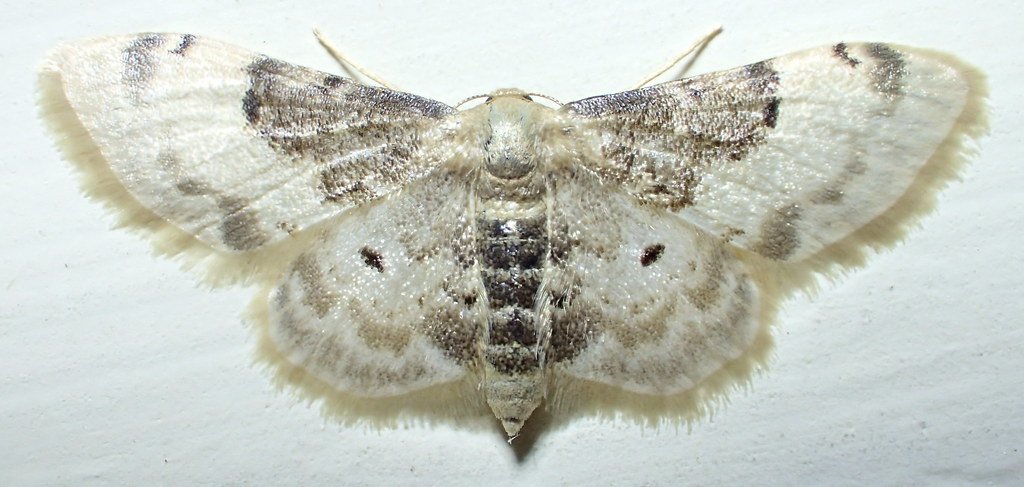
What makes the spongy moth particularly insidious is its ability to travel undetected, turning innocent human activities into unwitting accomplices in its spread. Female moths lay eggs on many outdoor surfaces—stacked firewood, trailers, grills, lawn furniture, and toys. When people move these items to a new location, the spongy moth’s eggs also move. Your camping trip, moving day, or even buying firewood becomes a potential vector for ecological destruction. Egg masses can also be laid on many other outdoor items including firewood, lawn furniture and in wheel wells or under the bumper of vehicles. Transporting even a single egg mass to an area where spongy moth is not established can start a new spongy moth infestation. It’s like carrying a biological weapon without knowing it—one innocent mistake can doom an entire forest ecosystem hundreds of miles away. Per USDA requirements, you must inspect and remove spongy moth egg masses from household goods before moving from a location within a spongy moth quarantine area to a location outside the quarantine area. You may face penalties if you are required to inspect but fail to do so. The federal government takes this threat so seriously that failing to inspect your belongings is literally against the law.
The Myth of Natural Balance
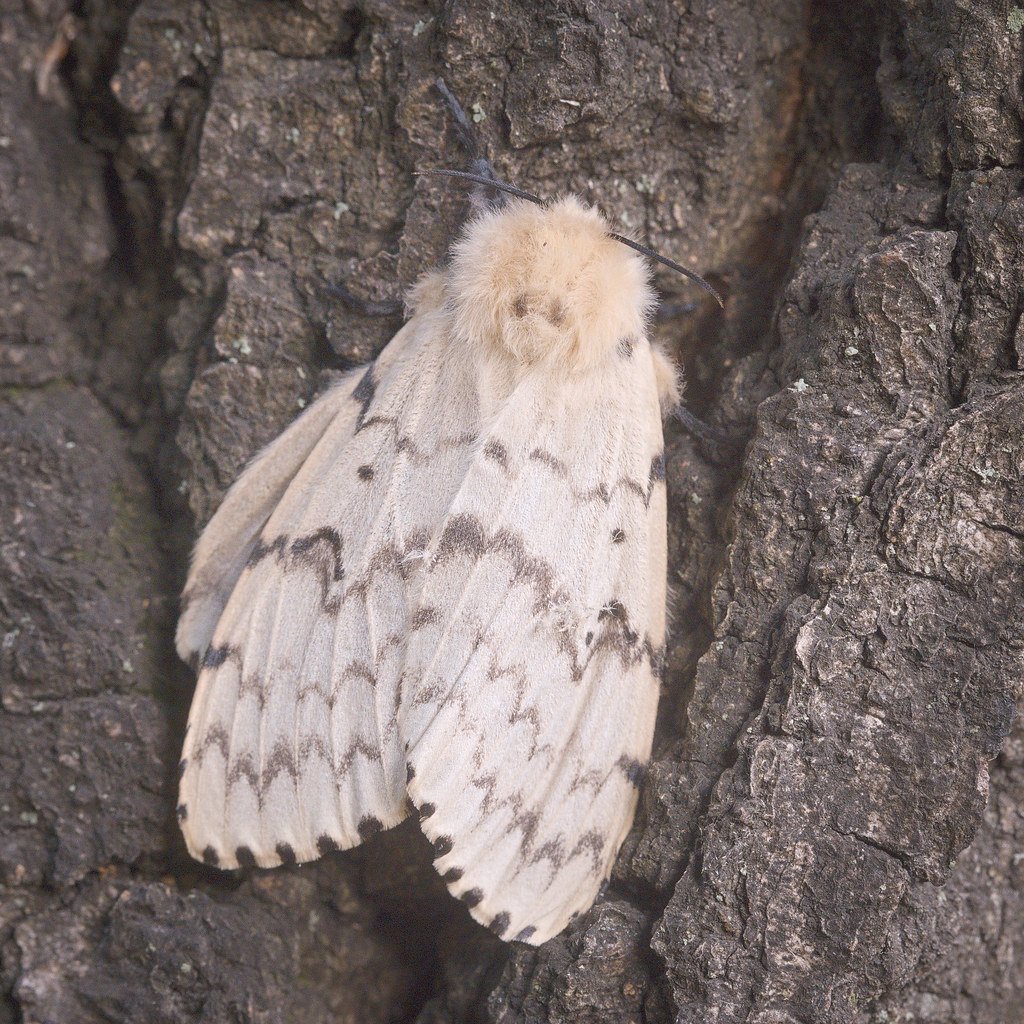
Despite what some optimistic reports suggest about natural population cycles, the spongy moth’s impact remains devastating during outbreak years. Spongy moth populations may have a temporary, large increase (an “outbreak”) in an area about every 10 years. Defoliation of susceptible tree and shrub species may be widespread during outbreaks, although healthy trees and shrubs are likely to survive if they are defoliated. While it’s true that populations crash eventually, the damage done during peak years can take decades to repair. Outbreaks occur every 10-15 years in New York State. Outbreaks are usually ended by natural causes such as disease and predators. But here’s the catch: telling a homeowner whose century-old oak tree just died that “it’s part of a natural cycle” doesn’t bring back their shade, property value, or the decades of memories associated with that tree. If the population doesn’t collapse this year from the virus and the fungus, there will be a lot of defoliation this year since there’s a pretty high population of spongy moths, Hoffman said. But recent rains along with more rain events could push a population collapse this year so the spongy moths wouldn’t be a problem next year. The reality is that these “natural cycles” still involve years of massive destruction that communities and ecosystems struggle to recover from.
Fighting Back: The Arsenal Against Invasion
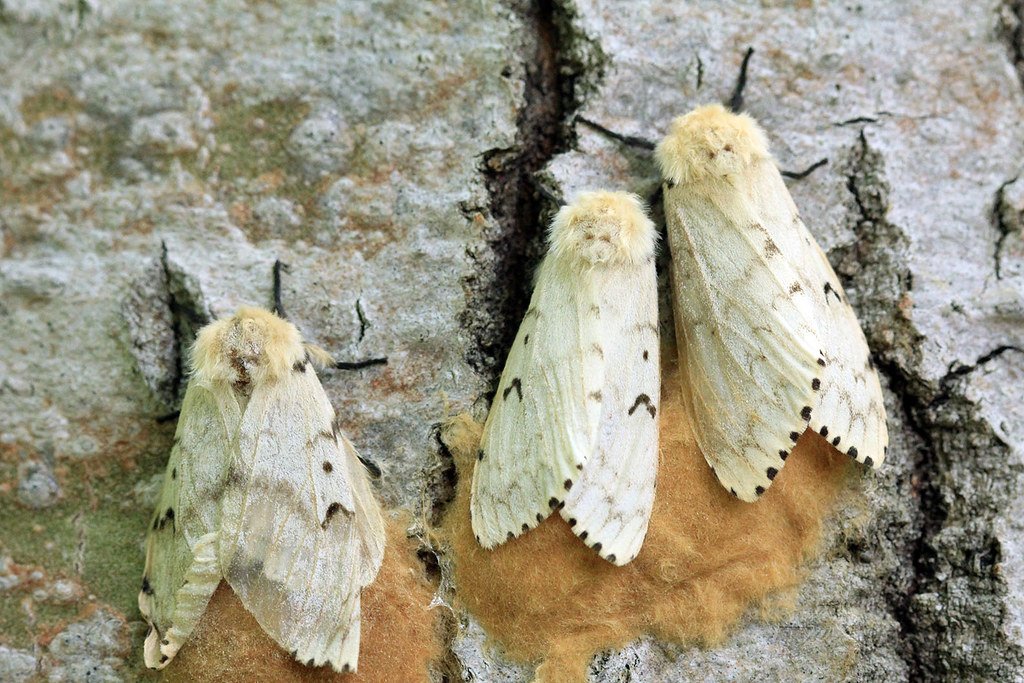
The battle against spongy moths requires a multi-front approach that combines individual vigilance with large-scale intervention strategies. Management options for reducing high populations include: egg mass oils, barrier and collection bands, physically destroying life stages, drowning egg masses and caterpillars in a can of soapy water, insecticidal soaps, and insecticide application to high-value trees or forest stands. Homeowners aren’t powerless in this fight, but it requires constant vigilance and early action. Property owners have two options: Gently scrape egg masses into a container of soapy water to soak for a day or two before throwing them in the trash. The DNR has produced a short instructional video. The key is finding and destroying those innocent-looking tan, fuzzy patches before they turn into hundreds of hungry caterpillars.

Jan loves Wildlife and Animals and is one of the founders of Animals Around The Globe. He holds an MSc in Finance & Economics and is a passionate PADI Open Water Diver. His favorite animals are Mountain Gorillas, Tigers, and Great White Sharks. He lived in South Africa, Germany, the USA, Ireland, Italy, China, and Australia. Before AATG, Jan worked for Google, Axel Springer, BMW and others.




